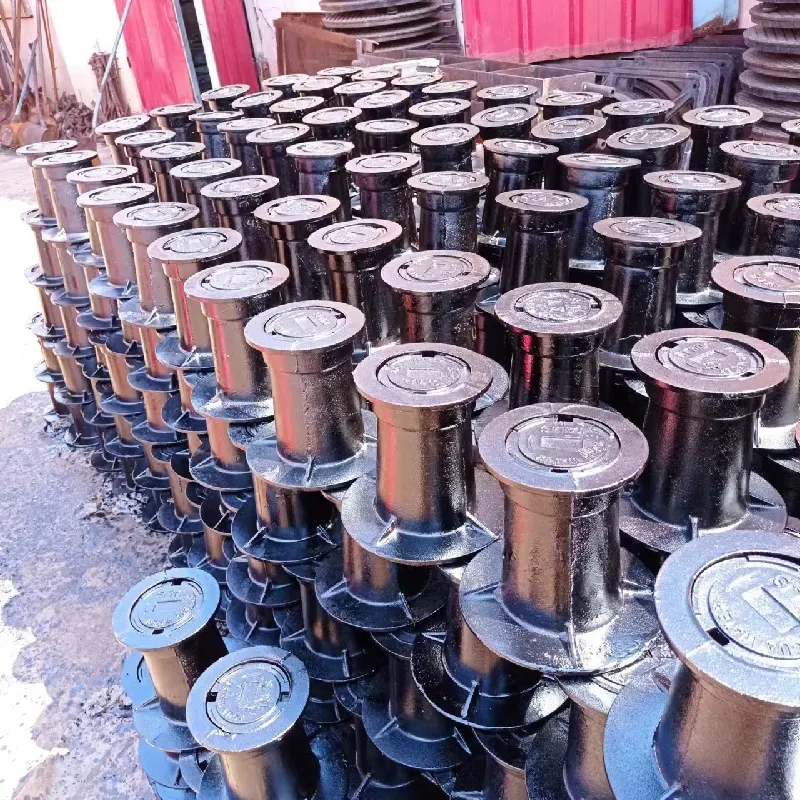large butterfly valve
The Large Butterfly Valve An Essential Component in Industrial Applications
In the vast landscape of industrial machinery, where efficiency and reliability are paramount, large butterfly valves have emerged as vital components in various processes. Utilized primarily for regulating the flow of liquids and gases, these valves are designed to withstand substantial pressures while maintaining optimal performance levels. Understanding the functionality, design features, and applications of large butterfly valves can illuminate their importance across multiple industries.
What is a Butterfly Valve?
A butterfly valve consists of a rotating disc that serves as the flow control element. In its closed position, the disc blocks the flow, while a quarter turn opens it fully. This simple yet effective design allows for rapid response and efficient throttling of flow. Large butterfly valves typically range from 12 inches to several feet in diameter, making them suitable for high-capacity applications.
Key Features and Benefits
The design simplicity of butterfly valves contributes to several advantages. One of the main benefits is their low torque requirements, which allows for easier operation compared to other valve types. This is particularly advantageous in large-scale applications where manual operation may not be feasible. Additionally, the lightweight nature of butterfly valves facilitates easier installation and maintenance.
Large butterfly valves are also renowned for their compact size, which can be a game-changer in facilities where space is at a premium. Their streamlined design minimizes pressure drops, contributing to overall energy efficiency in fluid transport systems. Moreover, they can be fully opened or closed within a few seconds, allowing for swift control over flow rates.
Applications Across Industries
large butterfly valve

The versatility of large butterfly valves is evident across a myriad of industries. In the water treatment sector, they are commonly employed for controlling the flow of treated and untreated water. Their ability to withstand corrosive environments makes them ideal for handling chemical flows in the chemical processing industry. Moreover, large butterfly valves are extensively used in oil and gas applications, where they regulate the flow of crude oil, natural gas, and refined products.
Power generation facilities also rely on large butterfly valves for cooling water systems and steam isolation. Their robustness ensures safe operation under extreme conditions, thus enhancing operational efficiency. In HVAC (Heating, Ventilation, and Air Conditioning) systems, they regulate airflow and pressure in ductwork, underscoring their role in modern building automation.
Maintenance and Longevity
Maintenance of large butterfly valves is crucial to ensure their longevity and performance. Regular inspection for wear and tear, along with ensuring that seals and gaskets are intact, can prevent operational failures. Additionally, lubrication of the valve's rotating mechanism can reduce friction and prolong its lifespan. Many manufacturers offer automated options that include sensors for real-time monitoring of the valve's performance, which can be integrated into a facility’s maintenance system.
Conclusion
Large butterfly valves are integral to maintaining the flow and pressure of various fluids in numerous industrial applications. Their unique design not only facilitates rapid control and operation but also enhances energy efficiency and space management within facilities. As industries continue to evolve and demand increases for more reliable and efficient solutions, the role of large butterfly valves will likely become even more pronounced. Investing in quality butterfly valves and committing to regular maintenance can yield significant benefits, ensuring that industrial processes run smoothly and effectively.
Ultimately, understanding the importance of large butterfly valves is essential for engineers, facility managers, and decision-makers as they navigate the challenges of modern industrial environments. Their functionality and reliability will continue to play a crucial role in shaping the future of efficient fluid management.
-
The Smarter Choice for Pedestrian AreasNewsJun.30,2025
-
The Gold Standard in Round Drain CoversNewsJun.30,2025
-
The Gold Standard in Manhole Cover SystemsNewsJun.30,2025
-
Superior Drainage Solutions with Premium Gully GratesNewsJun.30,2025
-
Superior Drainage Solutions for Global InfrastructureNewsJun.30,2025
-
Square Manhole Solutions for Modern InfrastructureNewsJun.30,2025
-
Premium Manhole Covers for Modern InfrastructureNewsJun.30,2025
